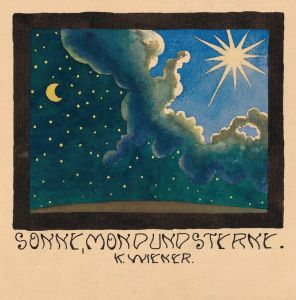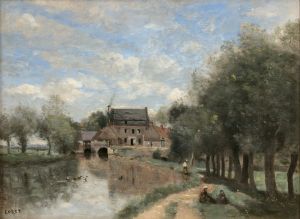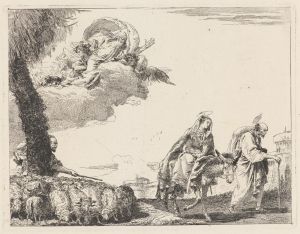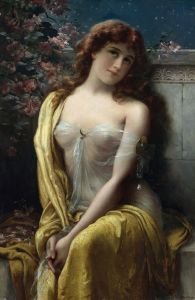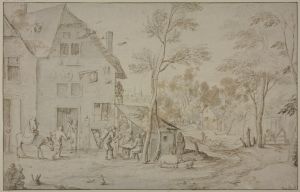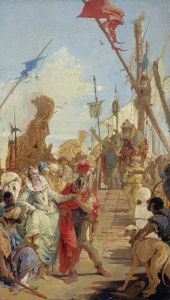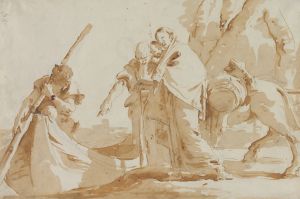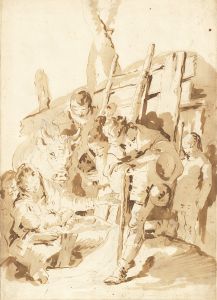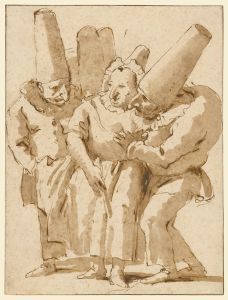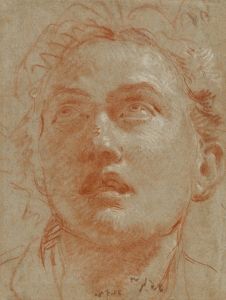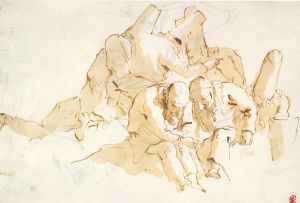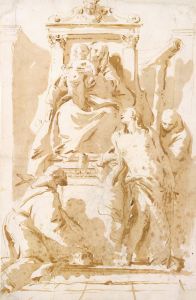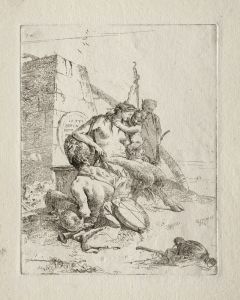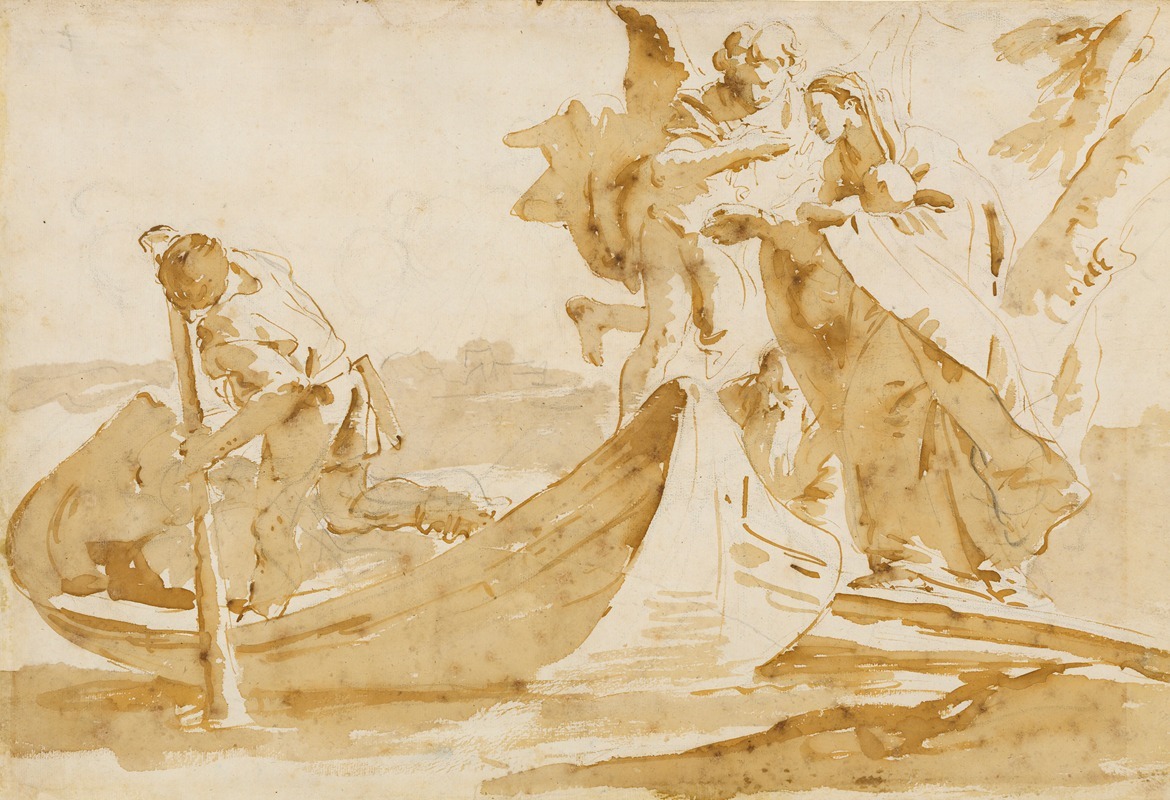
Flight into Egypt
A hand-painted replica of Giovanni Battista Tiepolo’s masterpiece Flight into Egypt, meticulously crafted by professional artists to capture the true essence of the original. Each piece is created with museum-quality canvas and rare mineral pigments, carefully painted by experienced artists with delicate brushstrokes and rich, layered colors to perfectly recreate the texture of the original artwork. Unlike machine-printed reproductions, this hand-painted version brings the painting to life, infused with the artist’s emotions and skill in every stroke. Whether for personal collection or home decoration, it instantly elevates the artistic atmosphere of any space.
Giovanni Battista Tiepolo's "Flight into Egypt" is a notable work by the renowned Italian painter, who was a leading figure in the 18th-century Venetian school of art. Tiepolo, born in Venice in 1696, is celebrated for his grandiose and imaginative frescoes and paintings, which often depict religious and mythological themes with a distinctive flair for drama and movement.
The "Flight into Egypt" is a subject derived from the New Testament, specifically the Gospel of Matthew (2:13-15). It narrates the story of Joseph, Mary, and the infant Jesus fleeing to Egypt to escape King Herod's massacre of the innocents. This theme has been a popular subject in Christian art, symbolizing divine protection and the fulfillment of prophecy.
Tiepolo's interpretation of the "Flight into Egypt" showcases his mastery in creating dynamic compositions and his skillful use of color and light. Although specific details about the exact date and commission of this painting are not well-documented, it is consistent with Tiepolo's style during the height of his career, which was characterized by a light, airy palette and a sense of movement and grace.
In this work, Tiepolo likely employs his signature use of perspective and foreshortening to create a sense of depth and immediacy. The figures of the Holy Family are typically depicted in a serene and composed manner, contrasting with the urgency of their flight. Tiepolo's ability to convey emotion and narrative through subtle gestures and expressions is evident, as is his talent for integrating figures harmoniously into the surrounding landscape.
The landscape in "Flight into Egypt" is often expansive and idealized, reflecting the influence of both Venetian and classical traditions. Tiepolo's landscapes serve not only as a backdrop but also as an integral part of the narrative, enhancing the spiritual and emotional resonance of the scene. His use of light is particularly noteworthy, as it imbues the painting with a luminous quality that heightens the sense of divine intervention and guidance.
Tiepolo's work on religious themes, including the "Flight into Egypt," reflects the broader artistic and cultural currents of the 18th century, where there was a renewed interest in classical antiquity and a focus on clarity, harmony, and balance. His paintings were highly sought after by patrons across Europe, and his influence extended beyond Italy, contributing to the development of the Rococo style.
Today, Tiepolo's "Flight into Egypt" is appreciated not only for its artistic merit but also for its contribution to the rich tradition of religious art. It exemplifies Tiepolo's ability to blend narrative, emotion, and technical skill into a cohesive and compelling work. His paintings continue to be studied and admired for their innovative approach and enduring beauty, securing his legacy as one of the great masters of the Baroque period.






